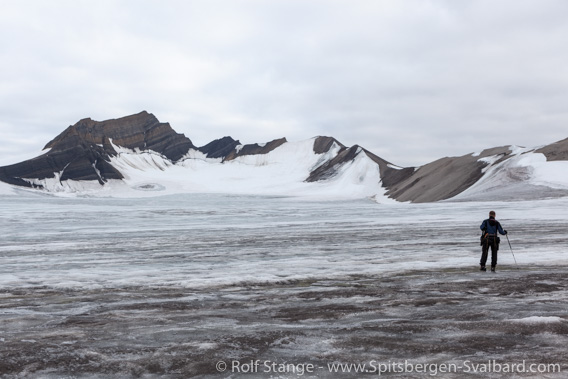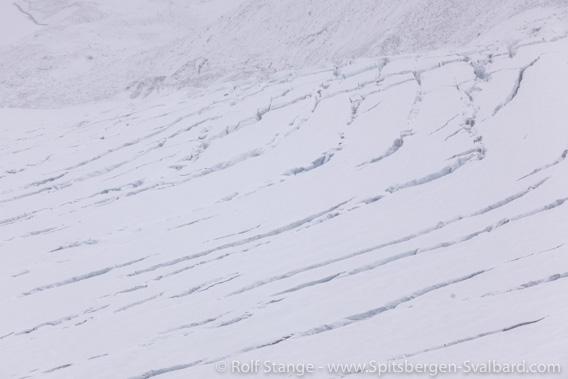-
current
recommendations- Liefdefjord
New page dedicated to one of Spitsbergen's most beautiful fjords. Background information and many photos.
- New Spitsbergen guidebook
The new edition of my Spitsbergen guidebook is out and available now!
- Liefdefjord
New page dedicated to one of Spitsbergen's most beautiful fjords. Background information and many photos.
Page Structure
-
Spitsbergen-News
- Select Month
- May 2025
- April 2025
- March 2025
- February 2025
- January 2025
- December 2024
- November 2024
- October 2024
- September 2024
- August 2024
- July 2024
- June 2024
- May 2024
- April 2024
- March 2024
- February 2024
- January 2024
- December 2023
- November 2023
- October 2023
- September 2023
- August 2023
- July 2023
- June 2023
- May 2023
- April 2023
- March 2023
- February 2023
- January 2023
- December 2022
- November 2022
- October 2022
- September 2022
- August 2022
- July 2022
- June 2022
- May 2022
- April 2022
- March 2022
- February 2022
- January 2022
- December 2021
- November 2021
- October 2021
- September 2021
- August 2021
- July 2021
- June 2021
- May 2021
- April 2021
- March 2021
- February 2021
- January 2021
- December 2020
- November 2020
- October 2020
- September 2020
- August 2020
- July 2020
- June 2020
- May 2020
- April 2020
- March 2020
- February 2020
- January 2020
- December 2019
- November 2019
- October 2019
- September 2019
- August 2019
- July 2019
- June 2019
- May 2019
- April 2019
- March 2019
- February 2019
- January 2019
- December 2018
- November 2018
- October 2018
- September 2018
- August 2018
- July 2018
- June 2018
- May 2018
- April 2018
- March 2018
- February 2018
- January 2018
- December 2017
- November 2017
- October 2017
- September 2017
- August 2017
- July 2017
- June 2017
- May 2017
- April 2017
- March 2017
- February 2017
- January 2017
- December 2016
- November 2016
- October 2016
- September 2016
- August 2016
- July 2016
- June 2016
- May 2016
- April 2016
- March 2016
- February 2016
- January 2016
- December 2015
- November 2015
- October 2015
- September 2015
- August 2015
- July 2015
- June 2015
- May 2015
- April 2015
- March 2015
- February 2015
- January 2015
- December 2014
- November 2014
- October 2014
- September 2014
- August 2014
- July 2014
- June 2014
- May 2014
- April 2014
- March 2014
- February 2014
- January 2014
- December 2013
- November 2013
- October 2013
- September 2013
- August 2013
- July 2013
- June 2013
- May 2013
- April 2013
- March 2013
- February 2013
- January 2013
- December 2012
- November 2012
- October 2012
- September 2012
- August 2012
- July 2012
- June 2012
- May 2012
- April 2012
- March 2012
- February 2012
- January 2012
- December 2011
- November 2011
- October 2011
- September 2011
- August 2011
- May 2011
- April 2011
- March 2011
- February 2011
- January 2011
- December 2010
- November 2010
- September 2010
- August 2010
- July 2010
- June 2010
- May 2010
- April 2010
- March 2010
- February 2010
- November 2009
- October 2009
- August 2009
- July 2009
- June 2009
- May 2009
- April 2009
- March 2009
- February 2009
- January 2009
- December 2008
- November 2008
- October 2008
- August 2008
- July 2008
- June 2008
- May 2008
- April 2008
- March 2008
- February 2008
- April 2000
- Select Month
-
weather information
-
Newsletter

| Guidebook: Spitsbergen-Svalbard |
Home → * News and Stories → More crevasses on Spitsbergen’s glaciers
More crevasses on Spitsbergen’s glaciers
First of all: happy new year!
Many of Spitsbergen’s glaciers have “always” had a lot of crevases, while others are considered good traffic ways for those moving around in the arctic wilderness. This is – was? – the case especially for many of Spitsbergen’s smaller glaciers that terminate with a gentle slope on land, rather than with a calving front at sea level. The smaller ones, ending on land, usually move more slowly, which creates less stress in the ice and hence fewer crevasses.
More crevasses on classical “touring glaciers”
This has appearently changed for at least a number of glaciers, as the Sysselmannen established during a helicopter inspection of frequently travelled glaciers in Nordenskiöld Land in October 2020. It turned out that some of these glaciers had significantly more crevasses than they used to have in the past.

Many of Spitsbergen’s glacier have been thought to have few crevasses only, which made them comparatively easy touring terrain …
Another factor relevant for safety on glaciers is snow, which can build up snow bridges over crevasses. Such bridges are fine when they are strong and safe, but they can be very dangerous traps if they are too thin to be strong enough, but thick enough to hide the crevasse. The summer of 2020 was at times extremely warm and has melted a lot of snow also on the higher parts of the glaciers. Snow bridges have build up again from zero.
Safety and responsibility
Everybody who is out in the field in arctic terrain, be it with snow mobile, hiking, skiing, dog sledge, … should be careful and take adequate safety measures, especially in glaciated terrain. That has always been true and now this seems to be more relevant than before at least on some of Spitsbergen’s frequently travelled glaciers, and most likely also on other ones. In the press release, the Sysselmannen made it very clear that anyone who is on tour is him-/herself responsible for his/her own safety. Just in case anyone needed a reminder.

… but this has changed for at least some of them. Crevasses like the ones seen here are life dangerous, especially when they are hidden under snow.
The Sysselmannen has published a pdf with photos and maps that show some of the glaciers and crevasse fields in question.
The reasons are not yet scientifically established. It would be natural to assume that the velocity of shrinking glaciers is decreasing rather than the opposite. For a bit of speculation, it may appear reasonable to think that the extra meltwater supply during the warm summer of 2020 has decreased the internal friction of the glaciers, which may lead to greater speed and thus greater mechanical stress, hence more crevasses.
BOOKS, CALENDAR, POSTCARDS AND MORE
This and other publishing products of the Spitsbergen publishing house in the Spitsbergen-Shop.
last modification: 2021-01-04 ·
copyright: Rolf Stange





































